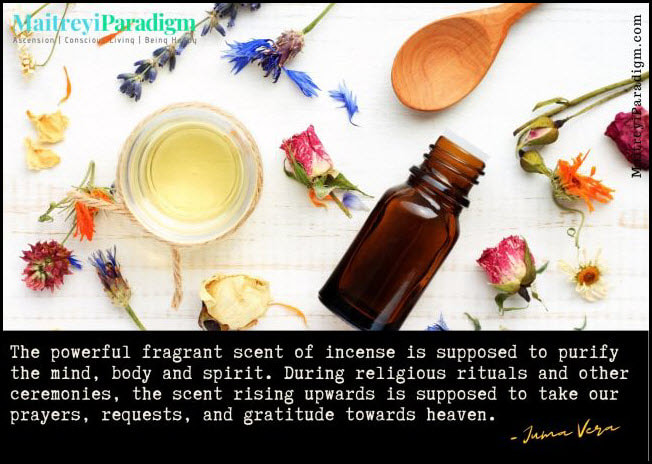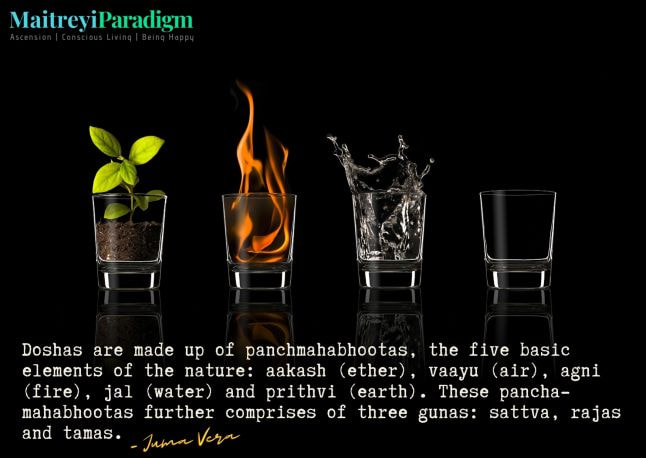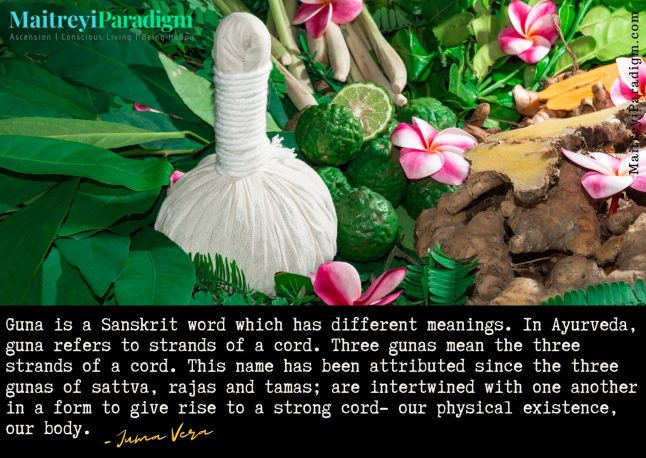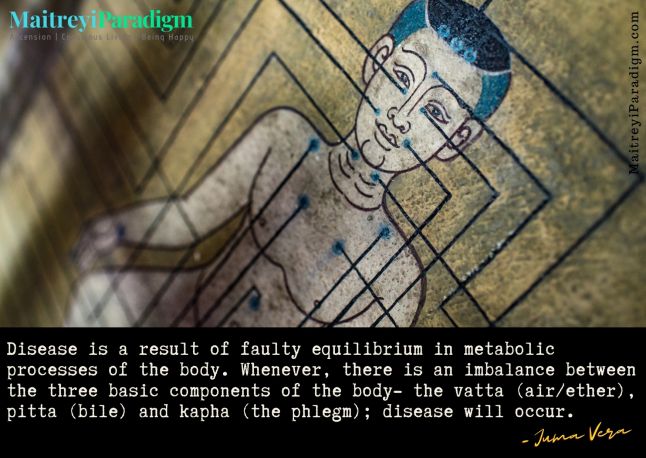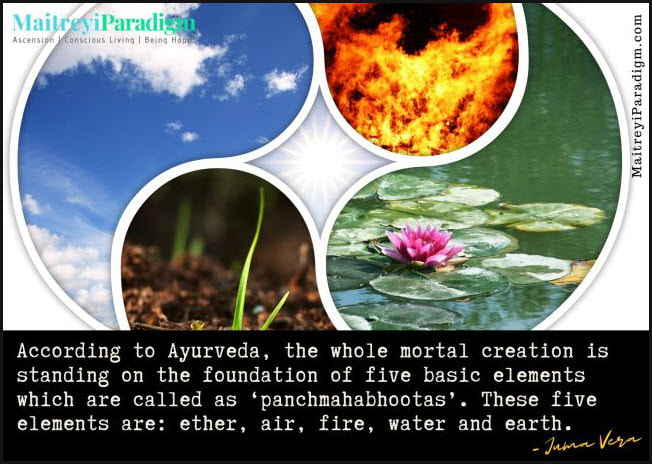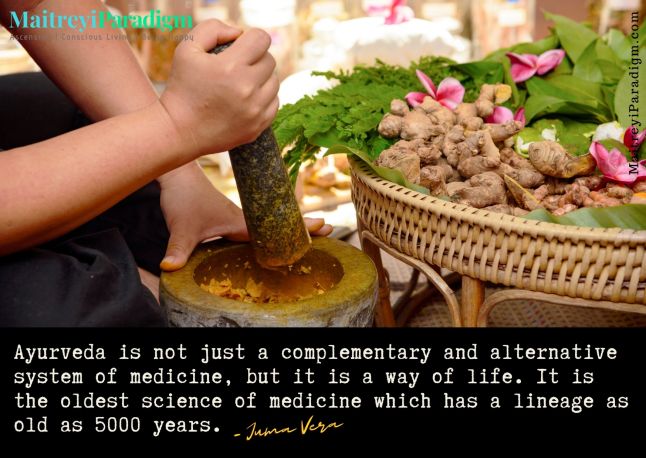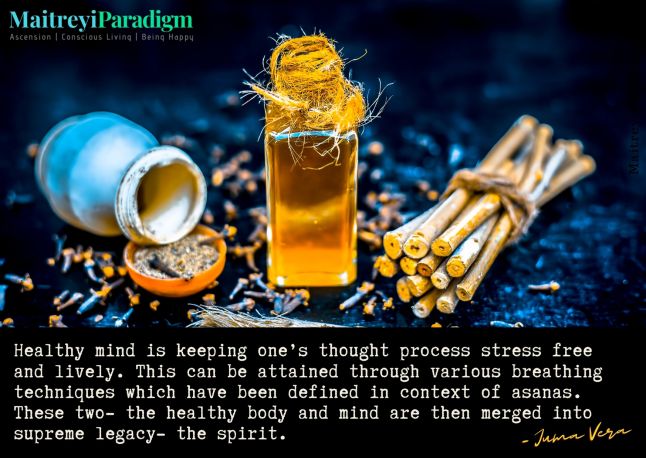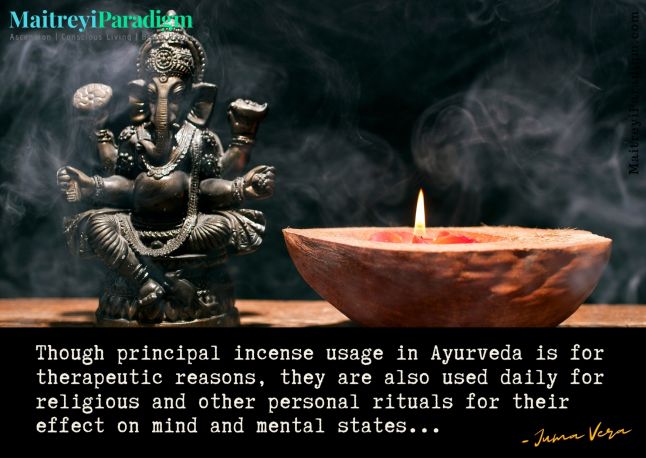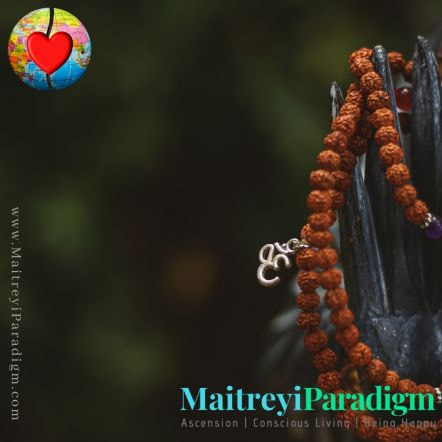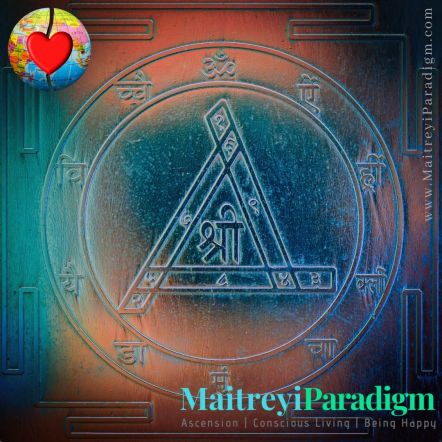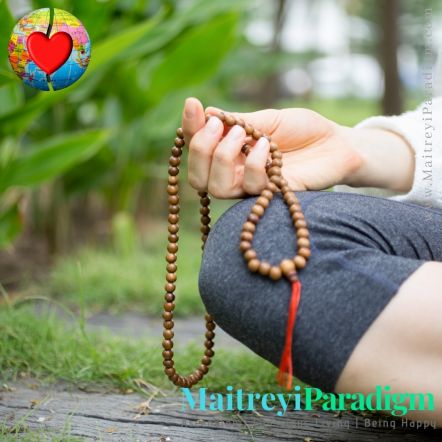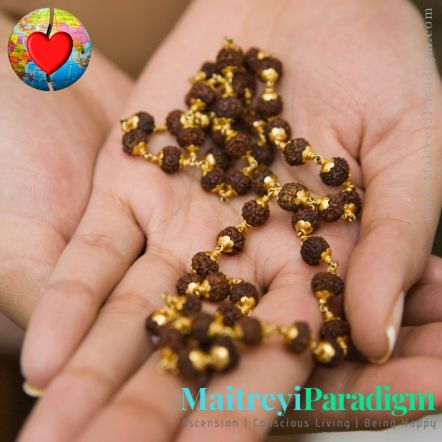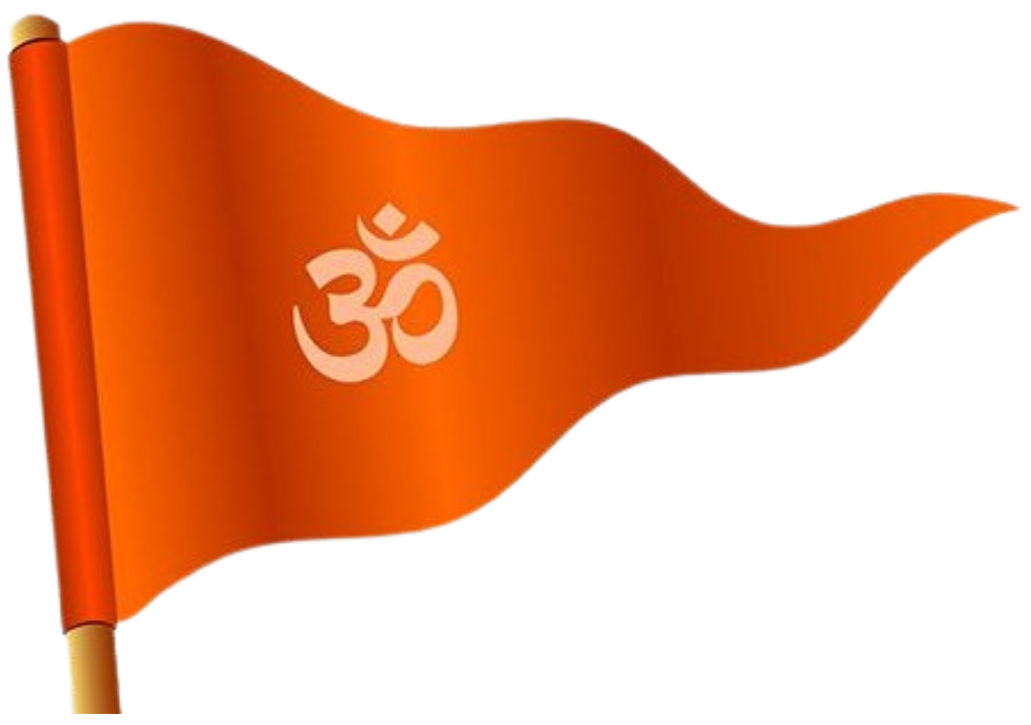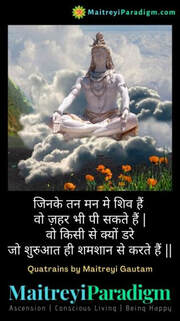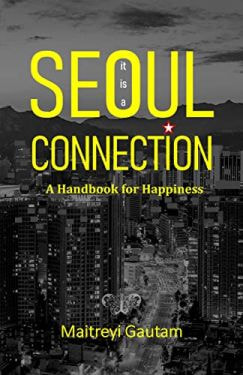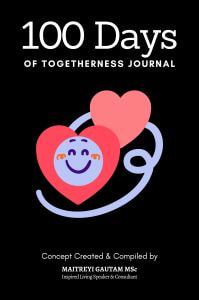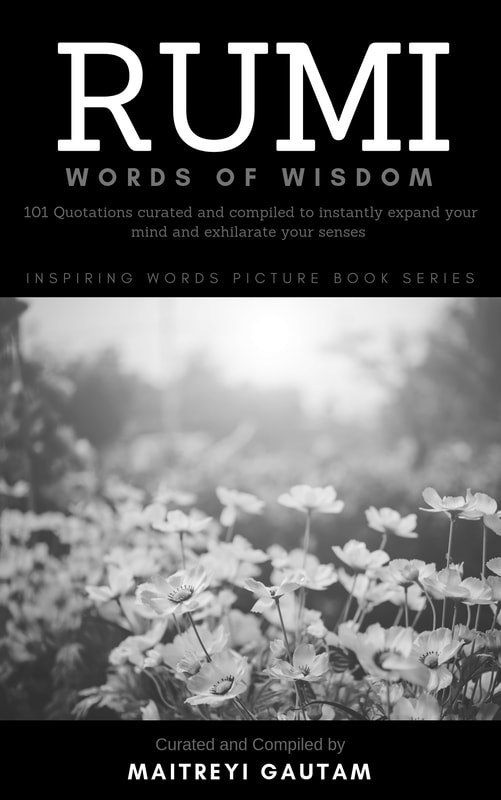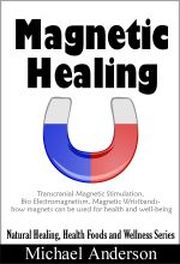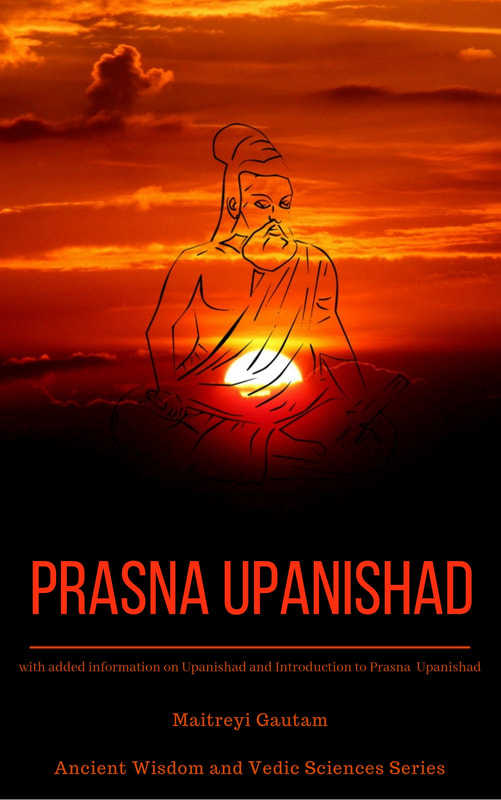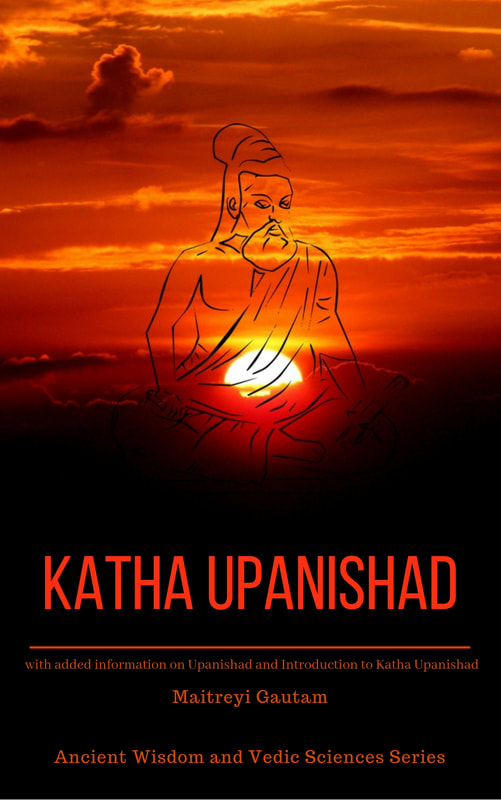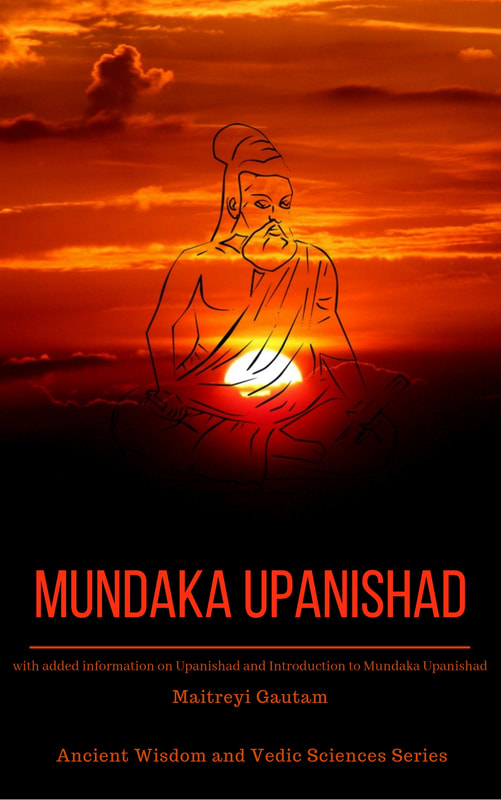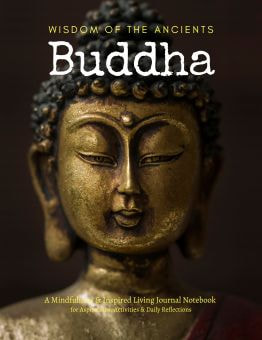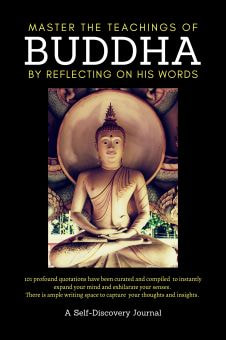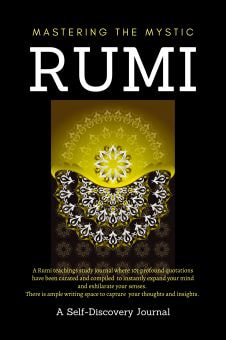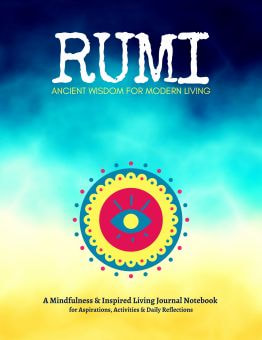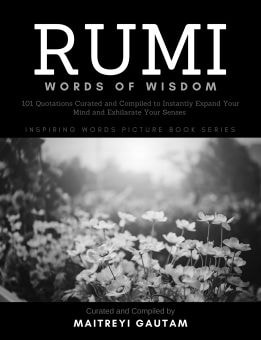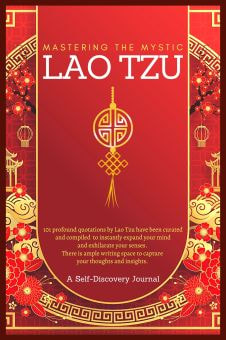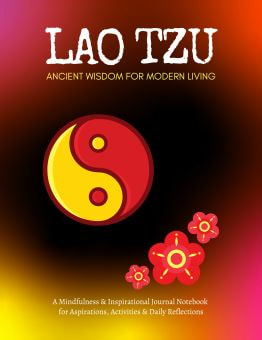Ayurvedic Ritucharya- Planning for Fall & Winter: Food and Eating
Ayurveda provides clear ideas and guidelines on how to best plan and manage such change in seasons. It is called Ritucharya. By following these Ritucharya principles, one can better align their body with the natural patterns to create better health and wellbeing. Here we will look at some ideas on how we can maintain our health and vitality as we transition from summer into the colder weather.
- As fall draws near access to fresh vegetables starts to dwindle. So, try to preserve vegetables with canning, dehydrating or freezing.
- Pickling has traditionally been a great way to preserve vegetables- slight fermentation also helps in making it gut-healthy.
- If you have access to fresh fruits or grow your own- try making delicious preserves and juice concentrate that you can utilize for months to come.
Learn some recipe ideas that will allow you to enjoy fall seasonal vegetables like pumpkins and gourds. Also, come up with menu plans that will allow you to use more fall fruits and vegetables and less ingredients from far-off particularly warm tropical regions.
| |
Practical Ayurveda and Vedic Science
Keywords & Tags:
#RitucharyaForFall #ritucharya #fallritucharya #ayurveda #ayurvedicsciences #vedas #scienceoflife #naturalhealing #charaka #sushruta #vagbhat #ashtangahridayam #ayurved #ancientIndia #indianhealing



